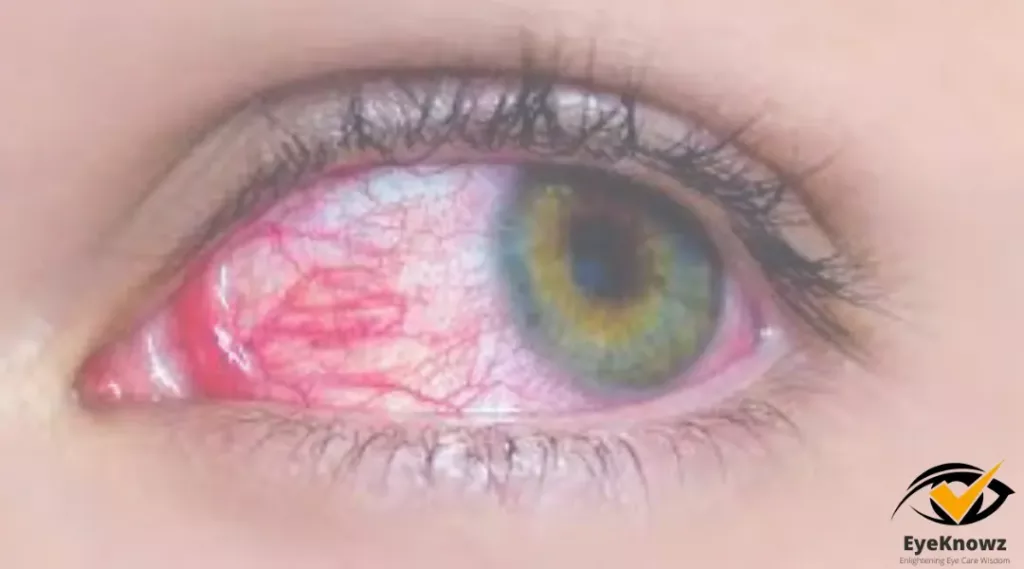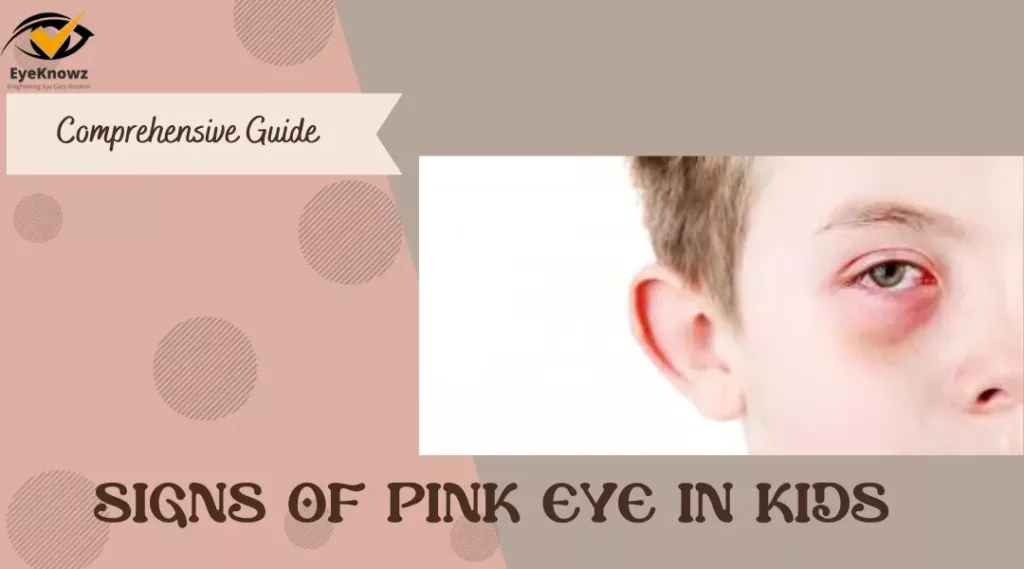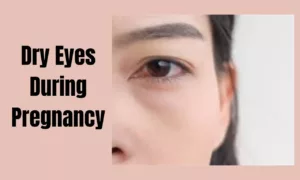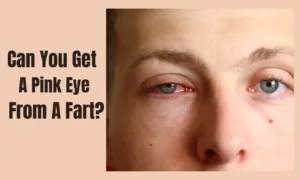Pink eye is an eye condition that can affect individuals of all ages. In this article, we will focus on pink eye in kids. We will review the signs of pink eyes in kids as well as its prevention and treatment.
A pink eye occurs when the white part of the eye becomes reddish or pink. The scientific name for the pink eye condition is conjunctivitis. The conjunctiva is the transparent membrane that lines the eyelid and eyeball. There are tiny blood vessels in the conjunctiva. A pink eye occurs when these blood vessels become enlarged due to irritation. A pink eye can happen in one or both eyes. Thus here in this article, we are going to discuss what causes pink eye in kids what does pink eye looks like in kids, and more. So, without any delay let’s begin!
What Does Pink Eye Look Like in Kids: Signs & Symptoms?
There are various symptoms of pink eye in kids. Below we have discussed it in detail:
- The redness and possible swelling of the pink eye is usually accompanied by a burning sensation and itchiness of the entire eye.
- A clear watery or mucous liquid that dries quickly to form a crust along the eyelashes and tear glands may also be discharged from pink eyes. This may lead to the upper and lower eyelids tending to stick together, especially during the night, such that the eye does not easily open in the morning.
- Pink eye symptoms can spread to the other organs of the head. Pink eyes may be accompanied by an itch in the nose, an ear infection, or a scratchy throat.
- Pink eyes can be accompanied by overall flu-like symptoms which include sneezing and sore throat.
- When not treated quickly enough, the pink eye can become sore and painful and a feeling that a foreign substance is in the eye develops inside the eye.
- In rare cases, vision can be affected by becoming blurred if the condition is allowed to persist. However, in most cases, pink eye does not affect vision.
What Causes Pink Eye in Kids?

- The causes of pink eye are allergic and bacterial infections in most cases, as well as a lack of proper hygiene.
- A chemical splash in the eye, such as during an experiment in the science lab may become the cause of pink eye in kids who attend school.
- A foreign substance such as dust, pet fur, or mold may enter the eye and cause a bacterial infection, leading to the development of pink eye in kids.
Pink Eyes Among Children Who Wear Contact Lenses
Though the usage of contact lenses among children is not very high, pink eye in kids occurs very commonly among ones who do wear contact lenses because they are usually unable to practice the required hygiene.
- The pink develops when contact lenses are left in the eye beyond the prescribed period, such as daily wear type contact lenses when kept in the eye for several days.
- Pink eye also occurs when the lens is not thoroughly cleaned before being inserted into the eye.
- If a substandard lotion or liquid is used to cleanse the contact lenses, the results can harm the eye and lead to various eye infections and diseases, including pink eye.
Children who wear contact lenses must immediately stop wearing them once the symptoms of pink eye develop.
Pink Eye Transmission and Contagiousness Among Children
Pink eye is nearly as contagious as a common cold, and can quickly spread among children. This holds especially true in the case of children who have an increased level of activity and a high degree of contact with other children, which is inevitable in places like schools, family residences, and community playgrounds.
Recommended Hygiene Practices to Prevent Pink Eye in Kids
In the case of eye diseases and infections which are caused due to bacterial transmission and poor hygiene, “Prevention is better than cure”. Children and their parents are advised the following precautions in their daily lives to prevent pink eye in kids.
- Avoid touching the eyes with the hands so that the infection or bacteria is not transmitted into the eye from the hands.
- Keep the nails short and clean, so that when the hands come in contact with the face, dirt does not transfer from the nails to the eyes and face causing pink eye.
- Wash hands thoroughly and often so bacteria is not transmitted from the hands to the eyes. Use soap whenever necessary.
- Always use a clean and dry towel when wiping the face because bacteria grow faster in a wet environment and can cause pink eye.
- Every individual must use their own face towel and hand towel. Towels should not be shared amongst family members.
- Pillow cases should be changed frequently and kept clean to prevent pink eye.
Treatment of Pink Eye in Kids
Pink eye in kids treatment usually gets better with adherence to good hygiene practices, without any treatment. The burning, itchiness, and discomfort that accompanies pink eye in kids may be treated with warm or cool compresses. The mucus discharge and crust may also be cleaned at home using a clean cloth, without a visit to the doctor’s clinic.
However, if the condition persists or gets worse over time, then antibiotic eyedrops and ointments as advised by a doctor after a due examination of the pink eye are the most common treatment. Oral pills may also be prescribed in some cases.
FAQs
A pink eye cause light sensitivity?
A condition called photophobia may rarely occur in the pink eye affected. The eye becomes sensitive to light exposure and the patient experiences discomfort when looking at light. He feels at ease in darkness and wants to avoid looking directly at a light source even when it is not very bright.
Should a child with a pink eye attend school?
When a child suffers from pink eye, it is advised that he or she remain at home, and not attend school until the eye has returned to normal. Pink eye in kids is known to be one of the most common reasons for absence among schoolchildren in the United States.
Does pink eye occur in newborns?
The immune system of a mother giving birth is robust because she is an adult. She may have no symptoms but her birth canal may contain bacteria that can cause eye disease in the newborn child who is highly susceptible to diseases.






